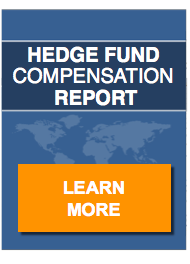Institutional investors are increasingly changing the way they access and manage their hedge fund services. That’s the word from Jeremy King, an asset management executive writing in Business Insider, as well as his own blog, Asset Management Insights.
King says large investors are tailoring the way they access alternatives in four ways: The first is using strategic partners. Institutions are relying on a handful of trusted advisors for many “non-investment” tasks such as board support, presentations, liability studies and financial modeling. But while they work with these partners, they also demand knowledge transfer, as the institutions themselves strive to become more sophisticated and more involved in the direct management of their portfolios.
The second trend is outsourcing. King says more investors are outsourcing investment functions to asset managers (and investment consultants). This trend toward outsourcing helps institutions reduce or eliminate non-core in-house investment teams. Leaders in picking up this business include firms such as BlackRock, Wellington Management, PIMCO and GSAM.
Trend number three: customized solutions. Institutions are demanding customized investment exposure in line with their specific risk/liability profiles and reflecting risk factors across their entire portfolio.
Trend four: co-investments and managed accounts. Institutions are working with strategic partners to take advantage of seeding and co-investment opportunities. As an example, these can range from a managed account with full transparency on an emerging hedge fund manager to a direct co-investment in a large-scale infrastructure or real estate acquisition.
Large investors are changing the nature of the hedge fund industry. This change is being driving by cost pressures, increasing investor sophistication, the increasing in-flow of capital from large institutional investors, and an overall change in philosophy toward alternative investments. On that last point, King says institutions have “woken up to the flaws of style bucket investing and the volatility brought by over-exposure to long-only equities.” As a result, they are embracing a more dynamic approach to structuring their portfolios that looks at portfolio-wide exposure and liabilities. You can read more of King’s observations at his blog, Asset Management Insights.


